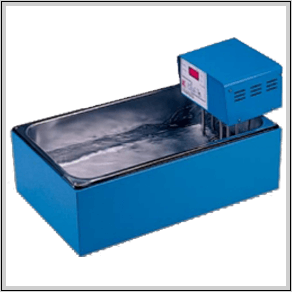Mini-FLOTAC and Fill-FLOTAC
The FLOTAC method was developed by Professor Giuseppe Cringoli (University of Naples, Italy) to detect and quantify the number of eggs, oocysts, cysts and parasite larvae found in animals and humans.
Mini-FLOTAC is a logical evolution of the FLOTAC technique, conceived in order to perform multivalent FECs for large-scale surveys in laboratories with limited resources (i.e. where neither centrifugation nor other basic equipment are available).
The Mini-FLOTAC apparatus is a cylindrical-shaped devise made of polycarbonate amorphous thermoplastic. This material has been chosen because of excellent light transmission, high heat resistance, robustness, high-dimensional stability and good electrical insulation properties.
The Mini-FLOTAC apparatus comprises two physical components, namely the base, the reading disc and two accessories, the key and the microscope adaptor that are very useful during assembly of apparatus and examination under a microscope. There are two 1-ml flotation chambers, which are designed for optimal examination of faecal sample suspensions in each flotation chamber (total volume = 2 ml).
The Mini-FLOTAC permits a maximum magnification of 400×, which is necessary for detection of intestinal protozoa and for the recognition of the details for the identification of lungworms.
It is recommended that Mini-FLOTAC be used in combination with Fill-FLOTAC.
Preliminary results showed that Mini-FLOTAC are promising techniques for detecting and counting helminth eggs in animals and humans, and can be used for FEC in place of the FLOTAC techniques in laboratories where the centrifugation step cannot be performed.
Related products
- Clinical Laboratory
Laboratory Fume Hood
- Clinical Laboratory
Water Bath
- Clinical Laboratory
Biological Safety Cabinet (BSC) “Biosafety Cabinet”
- Chemistry & Immunology
Electrolyte Analyzer






